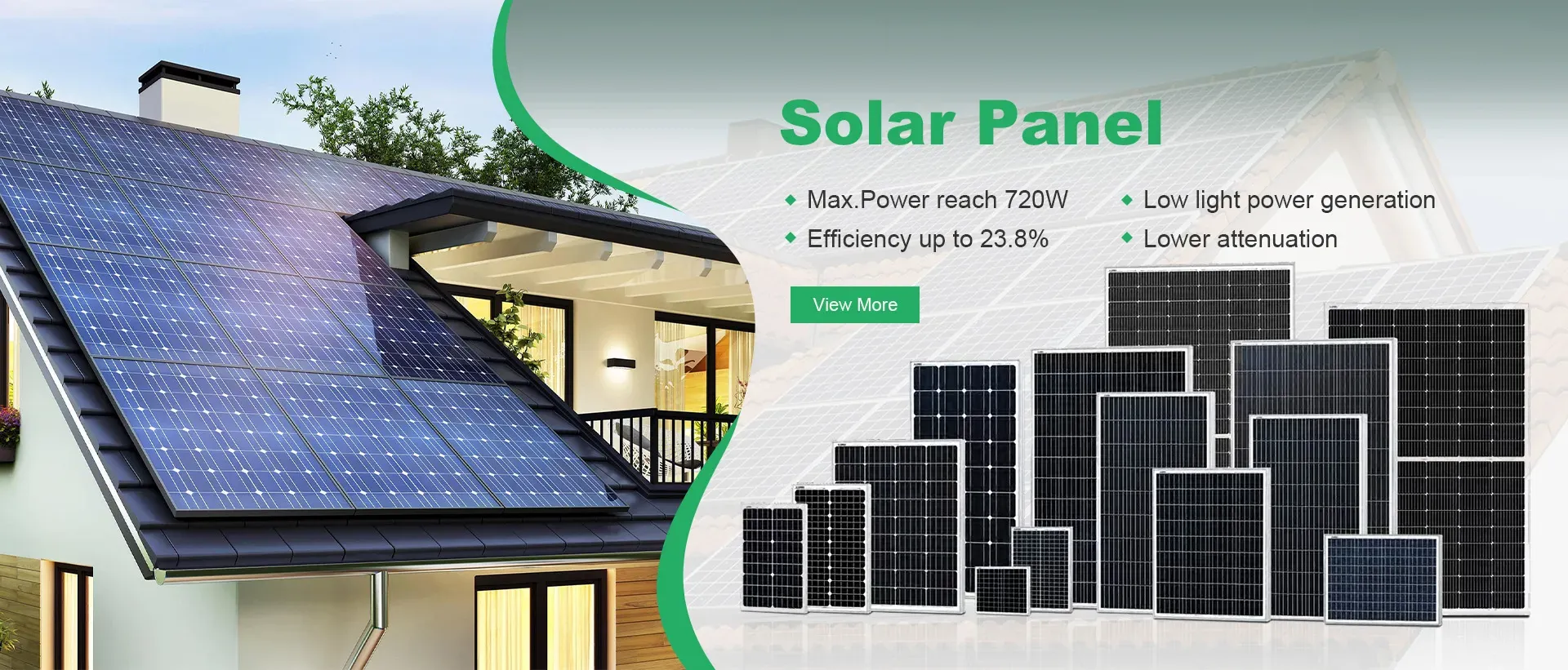solar panel voltage
Understanding Solar Panel Voltage Key Concepts and Considerations
Solar panels, also known as photovoltaic (PV) panels, convert sunlight into electricity through the photovoltaic effect. One crucial aspect of solar panel performance is voltage, which plays a vital role in determining the efficiency and overall output of a solar energy system. In this article, we will explore the importance of solar panel voltage, factors affecting it, and how it influences the design of solar energy systems.
What is Solar Panel Voltage?
Solar panel voltage refers to the electrical potential generated by the solar cells within the panel when exposed to sunlight. Generally, solar panels produce direct current (DC) electricity, and the voltage output is typically measured in volts (V). The standard output voltage for residential solar panels ranges from 30 to 45 volts per panel, depending on the technology used and the specific design characteristics of the panel.
Factors Affecting Solar Panel Voltage
Several factors can influence the voltage output of solar panels
1. Temperature The relationship between temperature and voltage is inversely proportional. As temperature increases, the voltage output of the solar cells decreases. This phenomenon is known as the temperature coefficient of voltage. Most solar panels are designed to perform optimally at standard test conditions (STC), which are typically 25°C (77°F). At higher temperatures, the voltage can drop significantly, affecting the panel's overall efficiency.
2. Light Intensity The amount of sunlight hitting the solar panel directly affects its voltage output. Higher irradiance levels lead to increased photon absorption, resulting in a higher voltage. Conversely, cloudy or shaded conditions can decrease light intensity and, therefore, the voltage produced.
solar panel voltage

3. Panel Configuration Solar panels can be configured in series, parallel, or a combination of both, affecting the total voltage output of an array. In a series configuration, the voltages of individual panels are added together, which increases the overall voltage of the system. In a parallel configuration, the voltage remains the same while the current capacity increases.
The Importance of Choosing the Right Voltage
Selecting the appropriate voltage is critical when designing a solar power system. Higher voltage systems can be more efficient, particularly for larger installations, as they allow for smaller gauge wiring and reduced energy losses during transmission. This efficiency is especially beneficial in larger solar farms where distance from the inverter to the grid connection can lead to significant voltage drop.
Inverters and Voltage Regulation
Inverters play a crucial role in managing solar panel voltage. They convert the DC electricity produced by solar panels into alternating current (AC), which is suitable for household appliances and the electrical grid. Modern inverters are equipped with advanced technology to optimize voltage output and maintain consistent energy production even under varying environmental conditions.
In addition, maximum power point tracking (MPPT) technology is commonly integrated into inverters. MPPT helps ensure that the solar panels operate at their optimal voltage and current levels, maximizing the efficiency and power output of the system despite fluctuations in sunlight and temperature.
Conclusion
Understanding solar panel voltage is essential for anyone interested in solar energy systems. Voltage affects everything from energy output and system efficiency to the choice of components like inverters and wiring. By considering factors such as temperature, light intensity, and panel configuration, system designers can optimize performance to meet their energy needs effectively. As solar technology continues to evolve, understanding and harnessing voltage dynamics will remain crucial to advancing solar energy's role in sustainable power generation. By embracing these concepts, we can contribute to a cleaner, more efficient energy future.
-
Unlocking Energy Freedom with the Off Grid Solar InverterNewsJun.06,2025
-
Unlock More Solar Power with a High-Efficiency Bifacial Solar PanelNewsJun.06,2025
-
Power Your Future with High-Efficiency Monocrystalline Solar PanelsNewsJun.06,2025
-
Next-Gen Solar Power Starts with Micro Solar InvertersNewsJun.06,2025
-
Harnessing Peak Efficiency with the On Grid Solar InverterNewsJun.06,2025
-
Discover Unmatched Efficiency with the Latest String Solar InverterNewsJun.06,2025







